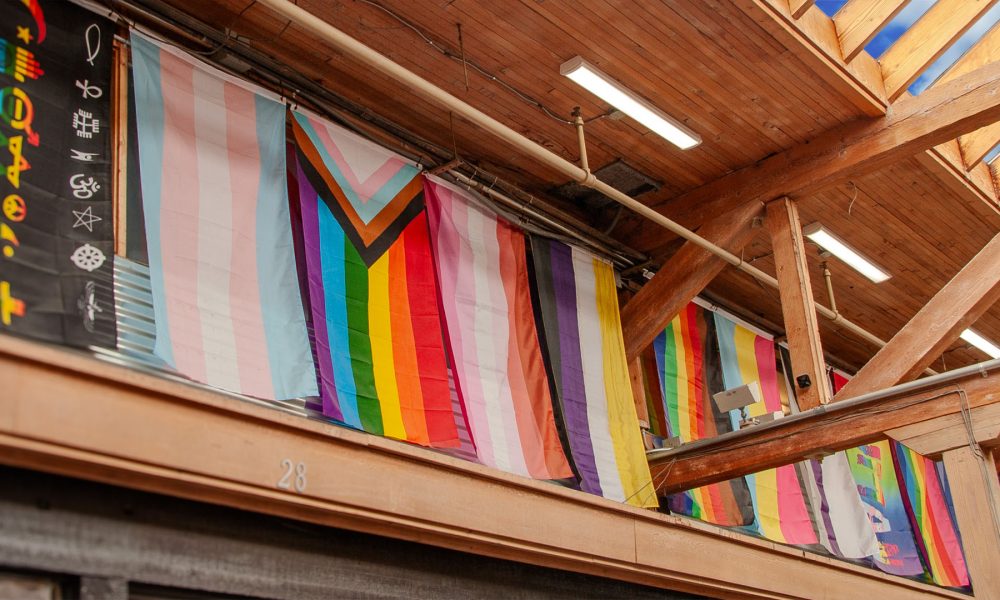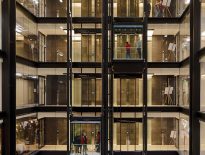What role can the built environment play in supporting the transgender community?
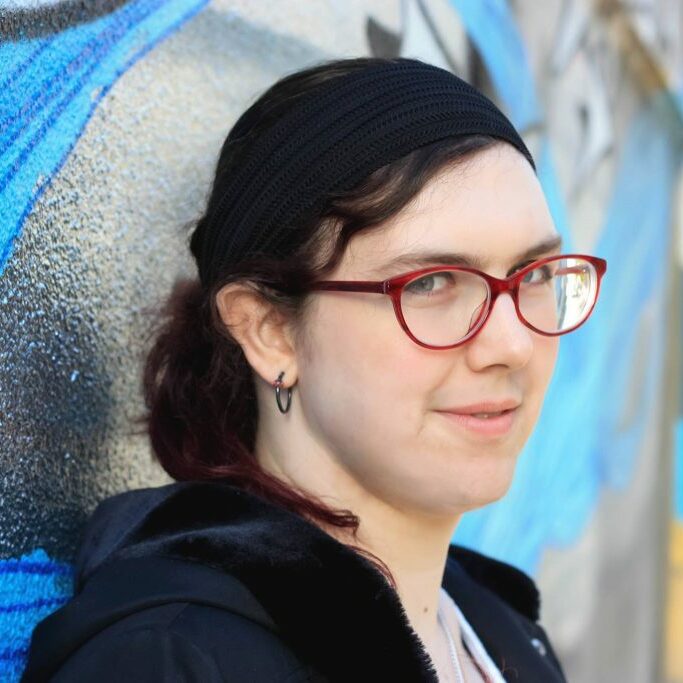
Last year, to mark Transgender Day of Remembrance, ILFI’s Danielle Gonzalez shared her experiences outside ILFI as a transgender consultant and educator and shed light on the impact Just organizations can make towards supporting the transgender community. We now delve deeper to explore the larger role the built environment—and building professionals—can play in enhancing this support.
The Institute’s Affordable Housing + Equity Manager, Lea Celestial, sat down with Danielle to chat about action steps the building sector can take to create safe, healthy, regenerative spaces for transgender people.
You wrote last year about the role of Just organizations in ensuring the safety and support of transgender people. In the broader context of the building industry, how does the way we design, construct, and manage our built environment impact the quality of life of the transgender community?
Well, the built environment isn’t really built with transgender people in mind. It’s important to note that while transgender people have been around for all of human history, the word “transgender” didn’t arise until the early 1970s, and the word “cisgender”’ didn’t show up until the mid to late 1990s. Before then, the term for “opposite of transgender” was “normal.” Even today, trans people are considered an anomaly, rather than a possibility of human existence. Now, I’m not saying we need to completely change what we’re doing with architecture and engineering, but I am saying that there are some experiences and needs faced by transgender people (and other groups like neurodiverse people and people with disabilities, for example) that we could pause to consider.
Can you describe the unique experiences, needs, and issues faced by transgender people that can be better addressed by the building industry?
[Laughs] What a big question! I’m not sure I can capture all the ways trans folks experience the world. After all, every individual has their own way of navigating their environment, but in terms of some generalized considerations for the built environment, there are more than a few.
Currently, a big one that’s a major part of the national discussion here in the US and in other places like the UK is bathrooms and changing rooms. That is a unique experience, that leads to considerations such as all-gender bathrooms or changing rooms. But that topic is a much larger conversation.
To give another example, we can also consider something as seemingly benign as reflective surfaces. Many trans folks—myself included—avoid our reflections like the plague, each for their own reasons. And that’s not necessarily unique to the transgender community. Reflective surfaces can be a challenge for people prone to visual overload and overstimulation, like those with autism. And rates of neuroatypicality are elevated among transgender individuals (though we’re still not sure of the specific relationship here). Simply put, conditions like autism, ADHD, OCD, things like that, affect trans and gender diverse people at a higher rate. I’m not saying we need to remove reflective surfaces and cater to a particular group. But it’s just something that could be considered. Are we building a shopping center or a healthcare center? If it’s healthcare, is it mental health focused? Will there be a higher than average influx of neurodiverse people here? Are these highly polished marble columns going to be a problem in the waiting room? That kind of thing.
But, if I’m being completely honest, I think housing—or a lack of it—is one of the more immediate threats to the transgender community.
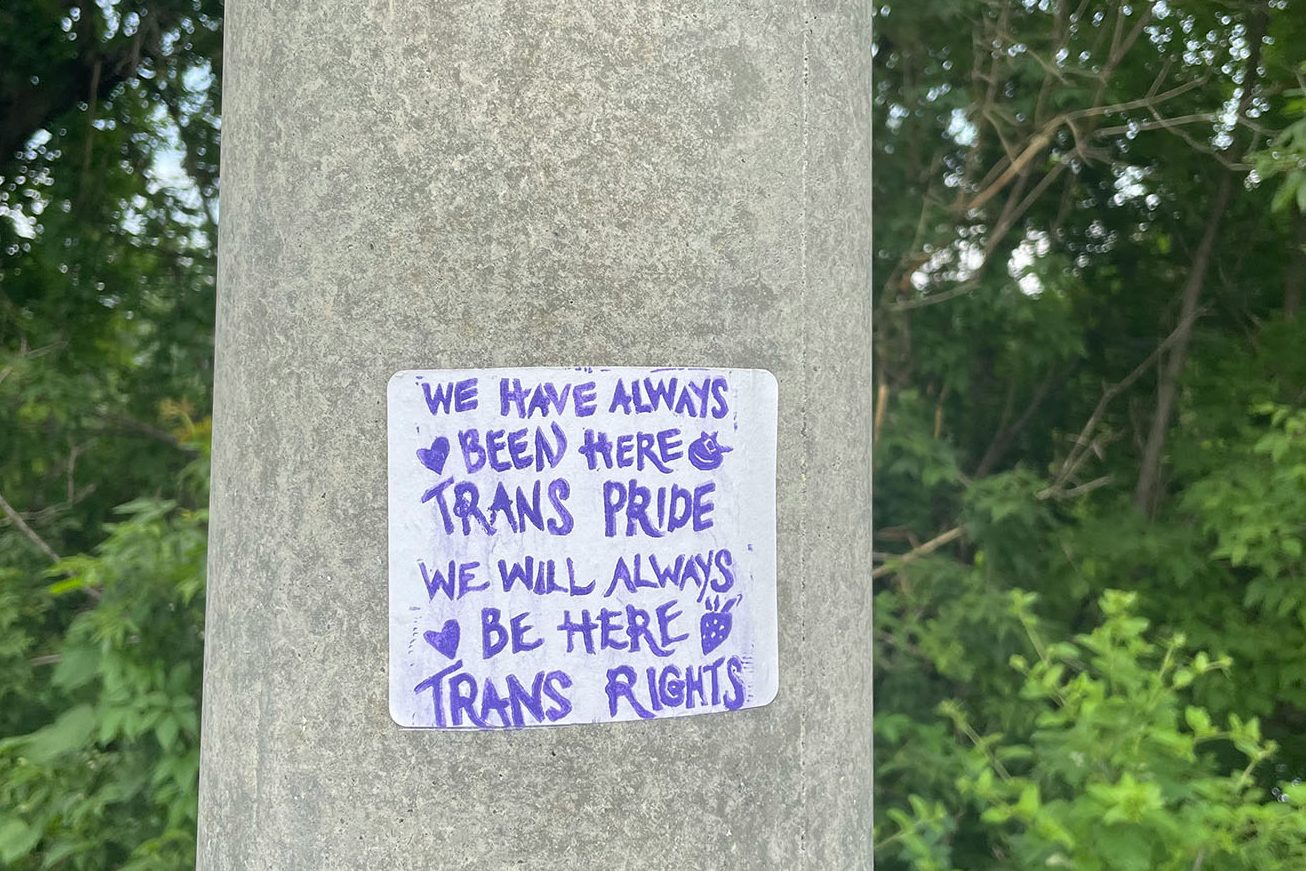
What role does the affordable housing sector play in supporting the transgender community? Where do you think we should focus our efforts?
Two out of every three transgender people either are experiencing or have experienced homelessness in the US–including myself. One in three LGBTQ youth—people 18 or younger—have reported housing instability, either because they were kicked out or because they fled abuse. One in five transgender and gender non-conforming people in the US have been discriminated against when seeking housing, and more than one in 10 have been evicted simply for being transgender. I’d say homelessness is a huge issue facing the transgender community.
According to Maslow’s hierarchy of needs, there are three distinct types of needs people need to survive: basic needs, psychological needs, and self-fulfillment needs. Basic needs are pretty obvious: food, water, shelter, sleep, safety and security. Psychological needs are things like community, recognition and feeling accomplished. Most affordable housing projects are pretty good at focusing on those types of needs for people, but there are some specific considerations around these needs for the trans community.
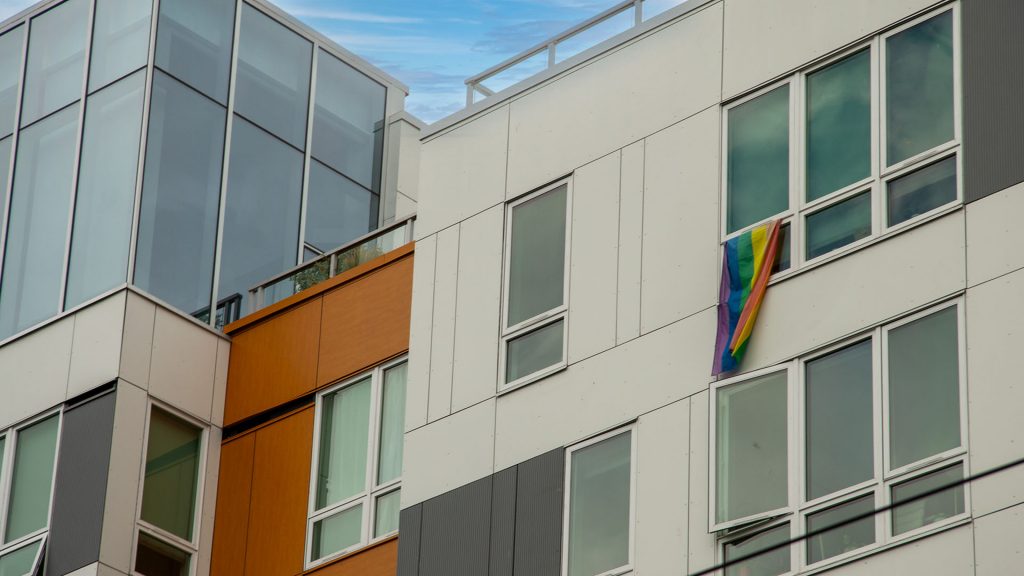
For instance, I mentioned recognition as a psychological need. For the trans community, recognition includes identity affirmation, something most folks probably don’t consider, because for something like nine out of 10 people, the world isn’t constantly communicating doubt about their fundamental identity. Trans folks have to constantly assert that we are who we say we are.
Or we can look at safety and security. Yes, safety and security means not having to worry about being physically and sexually assaulted (one in two have experienced sexual and/or physical assault) and just having a house or room with a locking door can help there, but we should also consider things like financial security and access to safe healthcare so we don’t need to rely on black market medications.
I think the affordable housing sector can play a major role here by trying to think outside the box in terms of new housing projects. Can we develop an affordable housing project that provides safe, affordable housing for LGBTQ youth (25 and under) in a mixed-use zoned building, where some of the commercial space is reserved for services for this community, such as a low-cost medical clinic that specializes in transgender and LGBTQ health care? Can this hypothetical housing project use identity-affirming language in all of its policies, communications, and legal paperwork? Can we rent some of the commercial space to a LGBTQ or minority owned business that can both operate as a community space (like a coffee shop) and help offset building operating costs so we can offer free utilities to tenants, helping their financial security in the process? These are the kinds of questions I’d love to see the sector begin asking. I think this is how the affordable housing sector can really begin to address this problem and make a huge difference.
Can you give examples of best practices or case studies of successful strategies that can be replicated in building projects?
No, not really. Be the case study you want to see in the world! But in all seriousness, that’s a hard question to answer. Right now, unfortunately, trans people have been—and still are—an afterthought in most spaces, if we’re even considered at all, so this is kind of new territory. There aren’t a lot of examples to point to because this is just the beginning, I think.
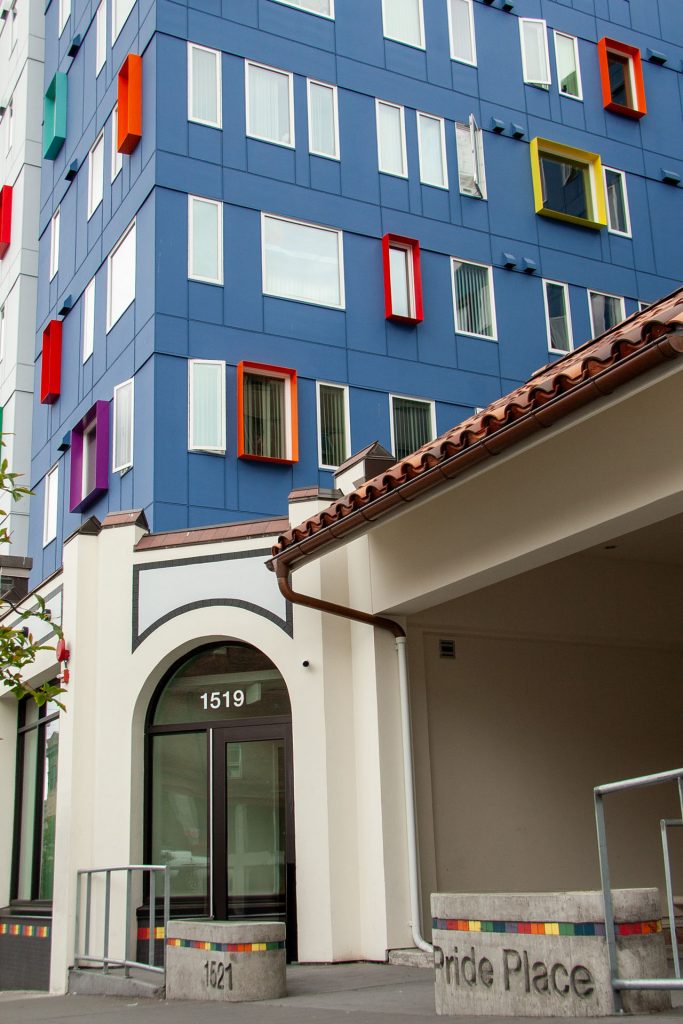
There are a few examples of new projects that are moving in the right direction. Here in Seattle—just two blocks away from my front door, in fact—is Pride Place, an affordable housing project for LGBTQ seniors in Seattle’s historic “gayborhood.” And another, is the upcoming Capitol Hill YouthCare HUB project. It’s a project that plans to renovate a currently vacant landmark building here in Seattle and offer a variety of education, employment, and leadership programs for LGBTQ youth, and is partnering with Pride Place’s parent company, to build affordable housing next door. So those are two great examples here in Seattle.
I was also recently introduced to the story of San Diego’s Truax House, which is a historic landmark for the local LGBTQ community there, and it’s being restored and converted into apartments.
In closing, what is the value of the Institute’s certifications and labels to catalyzing change and achieving better outcomes for transgender people?
I think the Institute has always been great about encouraging people to think outside the box. I mean, that was why the Living Building Challenge was created, right? To challenge how we think about the way we build our environment and ask the question, “What does good look like?”
We can encourage people in these different sectors of our industry to pause and ask ourselves questions we’ve never asked before. You know, we live and work in this industry that’s millenia old, right? Buildings have been around for as long as human civilization invented agriculture and began settling in ancient river valleys. As a species, humans excel at adapting the environment to suit our needs. But have we paused recently to ask ourselves who the “our” is in that?
We’ve been doing things a certain way for so long, and I think we don’t pause to ask ourselves why. Why do we do things that way? Is it because there’s no other way to do it? Or is it just because we haven’t tried anything different lately? Is the current way we build alienating certain communities, and does it need to? Or is that just a product of our momentum over the ages? Can we do something about it?
I think we can.
Inspired to learn more about what you can do to create better spaces for our transgender community?
